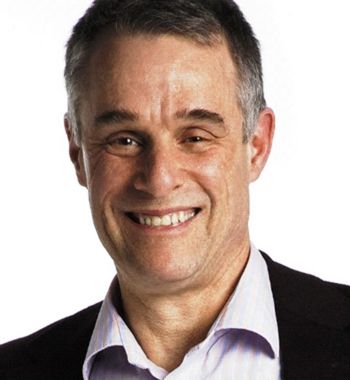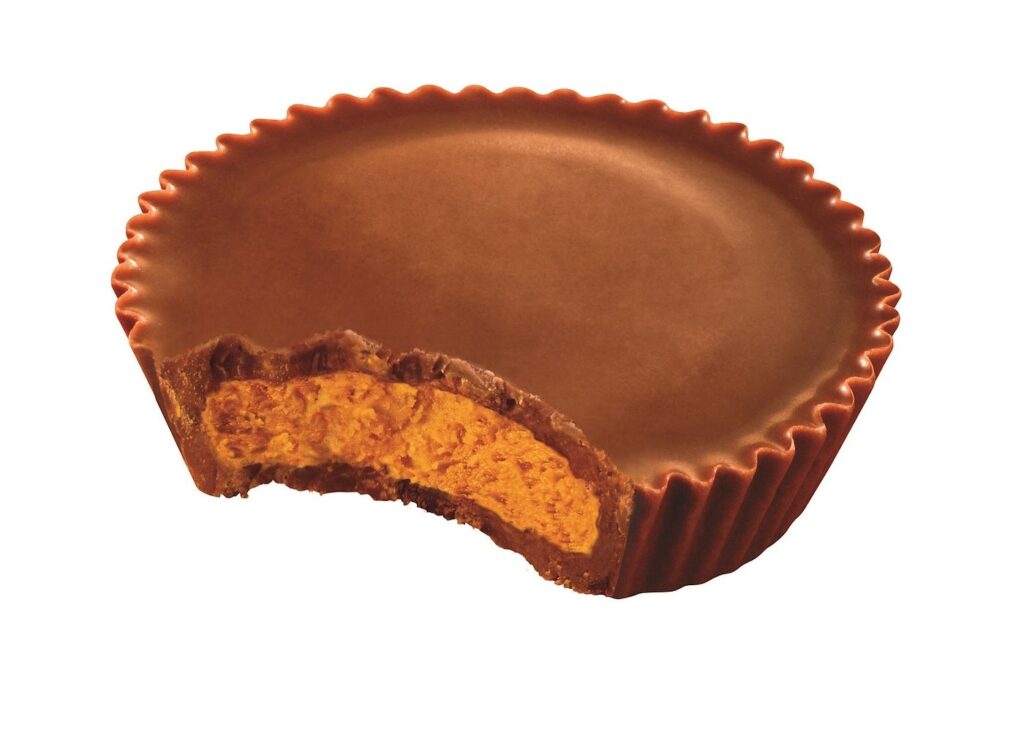Jeff Vidler is a Reese-search Peanut Butter Cup

Jeff Vidler is a unique guy. He’s had two different careers that have led to a very unusual specialty: podcast audience research.
“My first career was in the radio business. I started as a radio copywriter and became a Music Director, Assistant Program Director, and then a Station Manager.”
So Jeff really understands content and audience-first audio programming.
His second career evolved naturally: “I moved to radio programming consulting and that’s where I got bitten by the research bug. My second career started because I really wanted to dig into the research side of the business. And I had the opportunity to not only to do research work in radio but also do research in television, print, and a lot of digital outlets as well.”
Today, Jeff combines programming and research as President of Audience Insights Inc. To me, Jeff Vidler is a human Peanut Butter Cup for podcasting research.
His radio background is the chocolate and his research is the peanut butter. Together… they taste great!
Jeff and his team apply these dual lenses to conducting cutting-edge audience research for podcasting. Our gang over here at Pacific Content works with Audience Insights pretty regularly to help our clients determine whether their podcasts are achieving their desired goals.
Podcasts From Brands Need Different Metrics
Almost everyone in the industry is interested in the metrics that will determine advertising rates. So that is where most metrics are focused — consumption.
However, when it comes to podcast measurement, brands are unique compared to the rest of the industry. This is not necessarily intuitive, but it’s logical — most original podcasts from brands don’t carry ad inventory. That’s because, unlike other most other podcasters, the goal of a brand publishing a podcast isn’t revenue generation. Brands are, however, very interested in having an impact on the audience.
So brands need metrics that focus on audience impact, not on selling ads.
And that’s why Jeff used his Peanut Butter Cup background to craft an innovative way to measure exactly what brands are looking for.

The Set Up
When it comes to testing content, you have to make sure that the people you’re talking to are the same people that the podcast is designed for. Jeff’s figured out how to test any podcast with the desired target audience for that series:
“I have partnerships with Maru, who have panels in both Canada and the US, large panels and hundreds of thousands of people that can be accessed. And they have a lot of these panels profiled in terms of their age, their gender, their income, their occupation, and more. We can then target not only podcast listeners but specific demographics so that we can make sure that we’re talking to the right group of people.”
Once the panel — usually at least 100 people — is assembled, each participant listens to one or two complete podcast episodes. And that’s when Peanut Butter Cup goes into action…
The Chocolate
The first part of Jeff’s research Peanut Butter Cup is the chocolate — the editorial content:
“The number one job of my studies is a content test to understand just how engaging the podcast is.
- What’s the appeal of the content?
- Does it check the boxes in terms of some of the key things that we expect good podcasts to do?
- Do people say that they would come back and listen to it again?
- Do they say that they would recommend it to friends or colleagues?
“No original podcast is going to be successful for a brand if it doesn’t have that loyal listener base, doesn’t spread by word of mouth or generate repeat listening.”
Generally speaking, podcasts from brands that are well-produced and have a light brand touch are received very well. The first question Jeff asks panelists after listening to the podcast is, “How do you feel about what you just heard?” Their options:
- Loved it
- Liked it
- It was okay
- Didn’t like it
“We really look at the top two boxes of that, Loved and Liked. We’re seeing typically for branded podcasts somewhere in the 75% Liked and Loved. It varies depending on the podcast, and that loved can be as high as 40% of that, which is a pretty impressive figure.”
After doing a significant amount of podcast research, Jeff has also discovered that there are three motivating editorial factors driving people to listen to podcasts:
- Learn something new
- Satisfy their curiosity
- Be entertained (i.e. great storytelling).
“The successful podcasts have to do at least two of those three things very well. Some of them do all three of those well.”
The Peanut Butter
After learning the panel’s thoughts about the editorial, it’s time to move on to the brand research — the Peanut Butter.
“Do they recall the brand that produced the podcast, both on an aided and unaided basis? To what extent did the podcast make you feel more favorable towards that brand, or not? We have benchmarks for all of these.”
As with editorial, brand recall benchmarks are often high compared to other mediums:
“It’s not unusual to have what we consider high unaided brand recall. If you can get more than 60–65% then you’re actually beating the benchmarks for almost any kinds of forced exposure. We see a lot of brand podcasts actually doing that. With aided brand recall, it’s very typically in the 75–80% range. That’s often from 3 or 4 mentions in a half-hour podcast.“
Tastes Great Together
Jeff’s work puts a podcast to the ultimate test:
- It puts your show in front of the people who it is designed for and asks them if they like it.
- It asks your audience if they remember who made the show and how it changes the way they think about your brand.
And ultimately, ‘loving the show’ + ‘remembering who made it’ leads to one other important benchmark:
“You’ve got often something in the range of 55–65% who are saying, ‘Yeah it makes me feel more favorable towards the brand.’”
It’s clear that to achieve success, the bar needs to be set high — companies have to produce really strong podcasts if they want to have a positive impact on their brand.
The Next Level Peanut Butter Cup: Deepening the Research and the Relationship
Jeff says that even though the results from this type of research answer a lot of vital questions for brands making podcasts, it’s just the tip of the iceberg.
“This is all based on a single exposure to a podcast. Whereas the magic of a brand putting together an original podcast is the opportunity that you have to generate repeat listening, create an engaged subscriber, and really deepen the relationship and engagement with the brand over time. It might start as a kind of top of the funnel thing, but there’s an opportunity to really move people down through that funnel. And that’s really where we believe the final payoff is for brands doing their own podcast.”
To show the ongoing, deeper reach of a podcast, Jeff has a separate research solution. An established show that has been in market for a while and has a large enough audience can create an in-show call-to-action to take a survey. Existing listeners can choose to follow a web URL and take a short survey designed to find out who is listening, why they are listening, and the relationship they have with the podcast and the brand making it.
Different than the first type of research, which puts your show in front of a sample of your target audience, this research finds out if your ACTUAL audience is the same as your desired target audience.
Takeaways for Podcasters
So what should podcasters take from Jeff’s unique approach to podcast measurement? First, ask yourself how your show is doing against the three most important criteria:
- Are listeners learning anything new?
- Are they having their curiosity satisfied?
- Are they being entertained and told great stories?
You can also explore doing your own form of audience research.
“Certainly the easiest thing is doing some kind of call to action inside the podcast. There are a lot of free or almost free survey tools like Survey Monkey or Survey Gizmo that you could use to set up a very simple survey.”
Just know that anyone who listens to your podcast and then follows a URL AND takes the time to fill out a survey is more than likely a Super Fan of your show. The responses will probably not be from ‘average’ listeners.
“They will probably tell you how wonderful you are and you have to be careful in how you interpret that, but it does give you an indication of who is listening, and why they are listening. You can then take that to an advertiser or potential sponsor — here is my podcast, here’s the people that are really engaged with it, and here’s what they like about the podcast.”
Sign up for the Pacific Content Newsletter: audio strategy, analysis, and insight in your inbox. Once a week.
